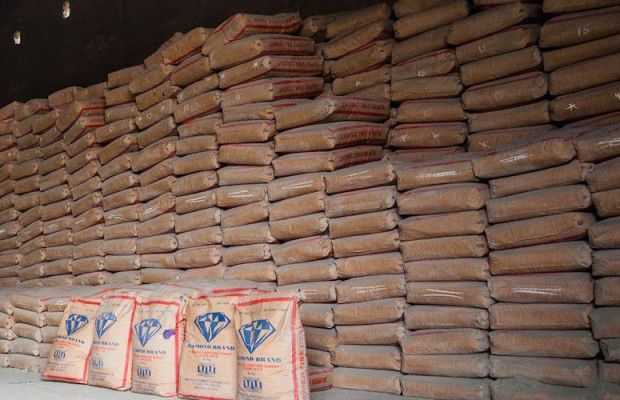High cement prices may lead to shoddy works – Stakeholders

Fears of proliferation of shoddy works in construction are rife following the hike in cement prices.
Yaw Poku, a contractor with 20 years’ experience dreads this. His area of specialty is the construction of commercial properties and cement plays a crucial role in the sustenance of his business.
An increment in cement prices comes with an adjustment in plans, and mostly his clients are the ones that bear the brunt.
“The country is already hard and now that cement prices have joined, it will be very expensive to build now. Rent will shoot up because everything has gone up now,” he explained.

Yaw Poku lamented how some colleagues may cut corners which will be disastrous.
“The construction will certainly go on, but shoddy works will go on. Cement to stone and sand ratio may reduce and that will cause a big problem. Already, buildings are collapsing and this will make it worse,” he stressed whilst appealing to government to intervene in what appears to be a ticking time bomb.

The hike in cement prices has a ripple effect and in the area of cement block production, it has a direct bearing on the pricing of the product.
A visit to Ola Balm block factory at Bubiashie revealed new prices reflecting the hike in cement prices. 5 inches of cement block is now GHC7 and it was previously selling at 6 cedis. You will now be paying GHC1 extra for a 6-inch cement block which used to sell at GHC7.

In all this, producers feel handicapped. Francis Blewuji complained that despite increasing the prices of products, a time will come where the purchasing power of customers will diminish entirely.
“We cannot continue to operate like this, government must ensure the system is business friendly, so we all live in harmony. It must be a win-win for producers and customers,” he emphasized.
On the market, Supacem has increased its prices by GHC10 and this is a projection of concerns of players on the high cost of production incurred.

From GHC90, a bag is now retailing at GHC110. Prices vary from one area to the other as retailers factor transportation cost, proximity, among others in their pricing. So, the same Supacem could be sold at maybe GHC115 at Kasoa just because it was conveyed from Tema to the retail shop there. Ghacem, Cimaf, Dzata and Diamond are yet to follow suit.
Currently, cement manufacturers are at war with government over a proposed legislative instrument spearheaded by the Trade and Industry Minister, K. T. Hammond to regulate prices.
“They would want to maximize profits as much as they want and which we think is not good for the health of the country if a select group of people decide to milk the system,” the Minister bemoaned.
There have been three increments in just two quarters of the year, raising concerns of a challenging future for persons who desire to own their own houses and casting doubts on Ghana’s quest to bridge its housing deficit currently pegged at 2 million housing units.







